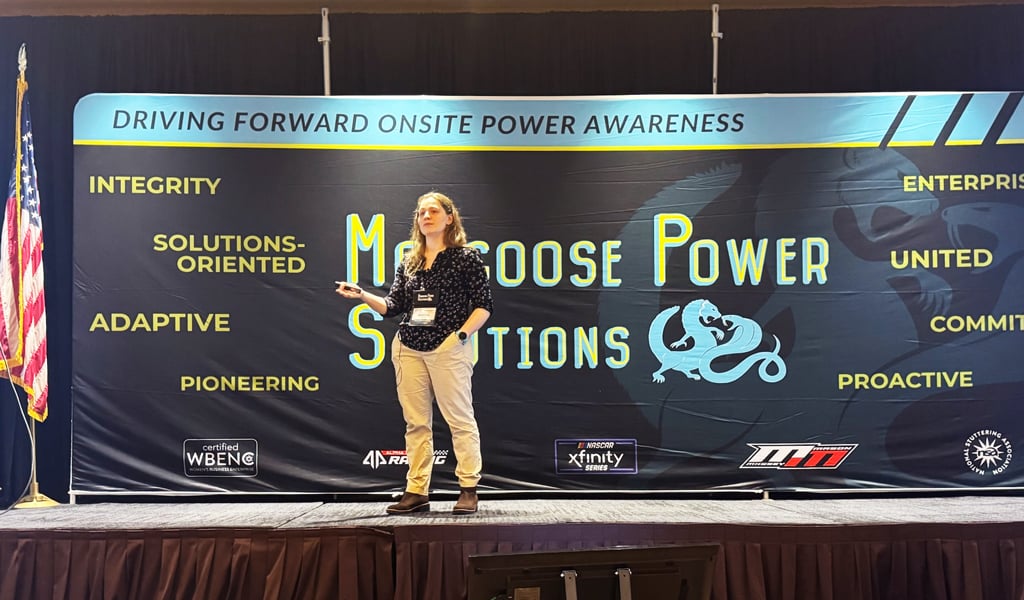At the recent Northeastern Emergency Power Conference, VHB Air and Noise Analyst Vincent Tino provided valuable insights into air permitting for emergency generators in New England. Their session aimed at helping industry professionals navigate essential compliance measures to make certain the reliability and safety of these critical systems. During grid disruptions caused by natural disasters, technical failures, or surges in demand, emergency generators are crucial in supplying power to critical infrastructure, reducing downtime, and stabilizing the grid.

The conference brought together participants from the emergency power, mission-critical, and life safety sectors, providing a dynamic platform for networking and exchanging best practices. Attendees engaged in discussions around the latest technologies and power industry challenges, including aging infrastructure, rising electricity demands, extreme weather conditions, and supply chain issues. Key conference themes were electrification, AI-driven data centers, and industrial reshoring, along with the continually shifting regulatory environment—all of which underscore the significance of operational preparedness and the enhancement of grid resilience through proactive permitting and strategic planning.
VHB’s presentation offered attendees a comprehensive understanding of siting and registering new or replacement commercial and industrial emergency generators, highlighting the importance of early permitting. Key takeaways from the presentation included:
- Identifying potential pitfalls and design requirements crucial for effective generator installation, including controlling noise, providing optimal exhaust flow through stack location, and specifying appropriate fuel;
- Complying with elements such as annual emissions reporting, fuel tank permitting, and spill prevention planning, while navigating the varying procedures across New England;
- And utilizing Dispersion Modeling Analysis—a scientific tool that predicts pollutant distribution in the atmosphere, which is crucial for assessing air quality impacts from generator emissions and minimizing environmental impacts.
VHB's focus on simplifying permitting complexities reinforced the importance of thorough preparation and collaboration.
Explore how VHB provides safe, reliable, and innovative Energy Solutions or learn more about Air Quality & Noise Analysis services.


